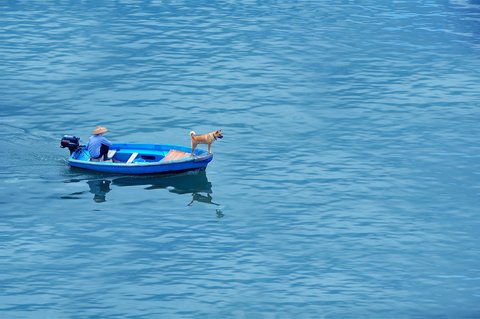
Professional anglers and even the more serious fishermen deck out their boats with all sorts of electronics. GPS units and sonar fish-finders are handy for keeping track of honey holes and the current strike zone, but what about anglers who don’t have electronics or even a boat of their own? How do you find fish without a fish finder? There are several ways, as a matter of fact. Here are a few:
Use Common Sense
The first step to locating fish without electronics is to understand what the fish are doing. You’ll need to tap into your experience on the water, as well as common sense. Think about the time of year, the type of water you’re fishing, and the recent weather patterns, for example. These factors all play a role in what the fish may be doing. Let’s take the summer, for instance; warmer temperatures mean that hitting the water early, before the sun really heats up, and targeting shady spots such as boat docks will be a solid game plan.
Use Your Eyes
Paying close attention to the things you see while you’re on the water is a great way to boost your chances of landing a fish, and there are many tell-tale signs of fish activity to look out for. For instance, if you see shad breaking the surface in the distance, it’s safe to bet something’s got them agitated. If you see birds swarming over the water, it may be time to move closer and check it out. If you see bluegill swimming around, it may be a good idea to switch to a lure that imitates them, like a swimbait or a crankbait from Rebel or LiveTarget. Notice a pattern, here? Use your eyes and adjust your tactics.
Find What Works
Don’t be afraid to move on from the lures, tactics, and spots you’ve been using if they’re not working out. What happens if main lake points and docks haven’t worked out? Well, switch it up; move way up one of the lake’s rivers and fish a frog or a spinnerbait around willow bushes and through submerged timber. Bottom line is this: whatever you’re doing, don’t be afraid to change it up if it’s not working.








